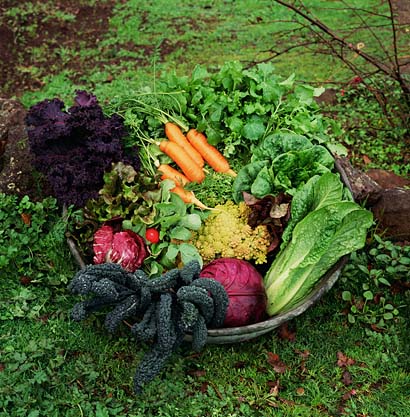
Planting Vegtables During the Fall Season
If you just now wanted to get into gardening but you’re in the middle of October, there’s still some time to get planting! Autumn features many seasonal favorites, but of course what you can grow during this time will depend on where you live.
I should clarify that the topic of this article is not about HAVING a fall garden. To have a fall garden typically means to sow seeds during the summer months, and once Fall comes around most of what you planted during summer will be ready for harvest. This post is geared towards those who want to plant vegetables DURING the Autumn months and be ready for harvest by winter/early spring. That may seem like a long time, but keep in mind that plants are receiving less sunlight during this time then they would have during Spring, so they are going to take a little longer to grow. I suggest buying seedlings from the nursery instead of seeds for now, that way they are likely to mature faster as the days get shorter.
Late Summer and Fall are known as the harvest months. Back before there were supermarkets providing year round produce, farmers had to harvest and store their crops before winter or risk starvation. Whenever frost sets in, it causes the exposed plants to wilt. In hotter climates, most people have probably never witnessed frost in the cooler seasons. Still, the concept of “frost season” is applicable in all regions even without any literal frost.
In a previous post, I talked about hardiness zones and frost dates. Depending on your region, there are a few select crops you can grow after the summer season, while there are others that allow you to grow a variety of crops. To see what zone you’re in and how long your frost season is, click here.
Let me introduce some of the staple fall crops.
Spinach
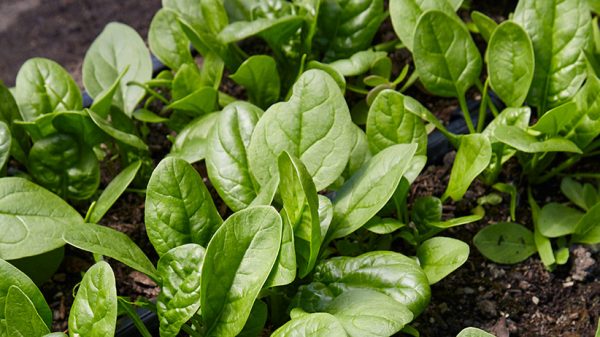
This healthy leafy green is a prime example of a cool season crop. They are frost-tolerant and can be planted in any region during the Fall months. This plant really does prefer to stay out of the heat. I’ve tried planting it in late spring but to no avail. Spinach requires at least six weeks of cool weather if you are starting from seed.
Kale
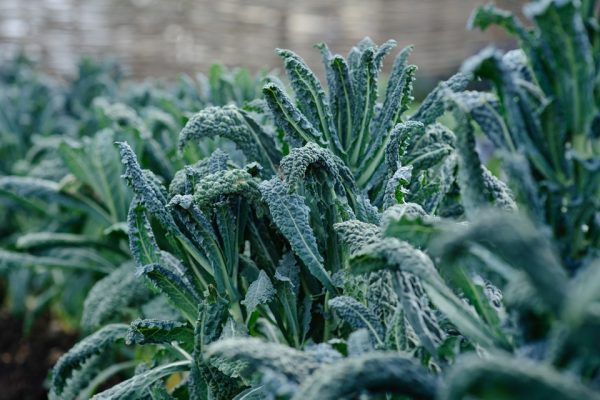
Another leafy green that’s frost-tolerant and very easy to grow. Better to plant these in September where they can get enough sunlight before the days get shorter. Like most plants in the Brassica family, they fall prey to cabbage worms among other annoying tiny pests, so be diligent when inspecting this plant.
Carrots
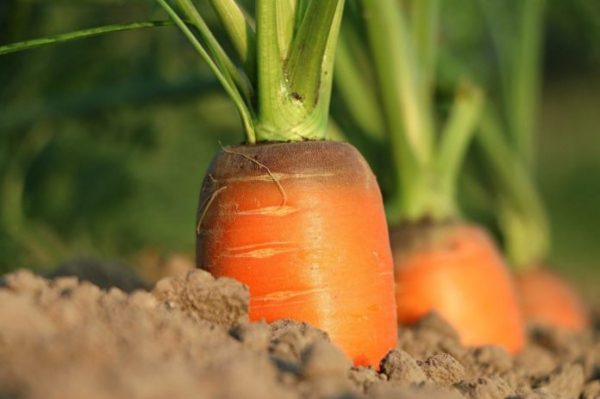
Most root vegetables actually grow pretty well in cool seasons. Carrots in particular can be planted in the Fall and be harvested during the winter.
Onions
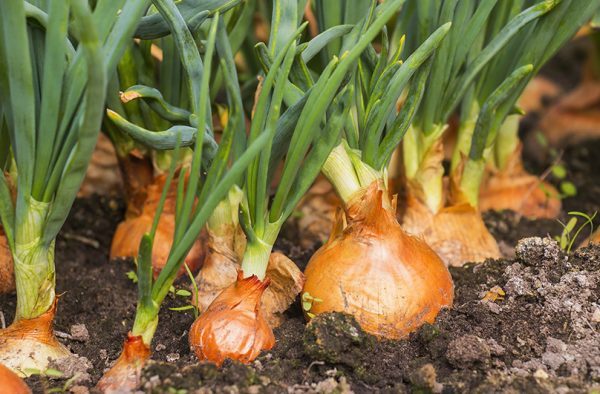
These bulbs are easy to grow, and can function well in both the Spring and Fall season. However, they don’t withstand frost too well, so planting in zones 5 and below might be problematic as they need a somewhat temperate climate.
Garlic
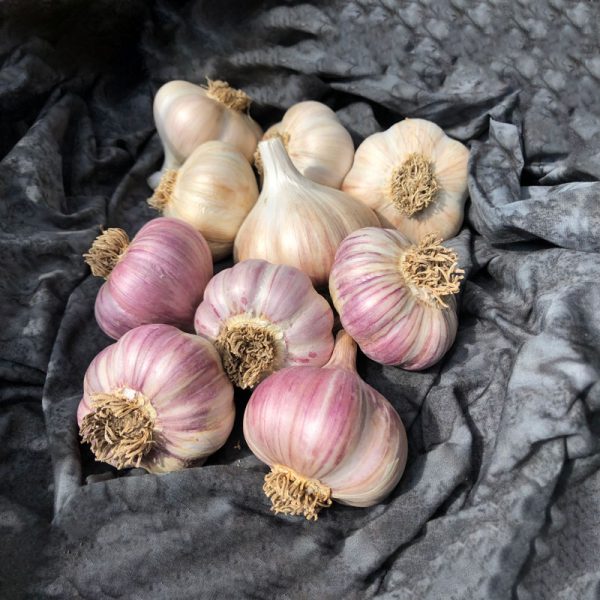
Fall is the ideal time to plant garlic. These require a lot of patience, since they won’t be ready for harvest until midsummer. Plant cloves in mid-October from an existing garlic bulb from the grocery store, but make sure they’re 100% organic. Or you can mail order garlic seeds since some bulbs at the grocery store are treated not to sprout.
Beets

Seldom do I eat beets, and when I do it might be in a cold-pressed juice. But if beets are your thing then this a great time to plant them! Easy to grow but heavy feeders, so make sure you have nutritious soil with some side helpings of compost.
Ok, now here is a breakdown of the agricultural zones during the Fall season:
Zones 3 and 4 – represents the New England states and upper mid-west. These zones have the fewest select crops to plant and they must be planted no later than September. Leafy greens, such as spinach or arugula, are able to withstand some of the frost.
Zones 5 and 6 – consist of the Mid-Atlantic, Great Lakes, and some of the mid-west. More variety of crops to choose from for the fall that includes leafy greens, cauliflower, carrots, cabbage, celery, potatoes, and garlic. Again best planted in September.
By the way, even though New York, Pennsylvania, and New Jersey are considered to be zone 6 and 7, they still have a fairly similar climate to New England states during the fall/winter months, so there might be fewer types of vegetables you can grow there.
Zones 7 and 8 – the southern states and the Pacific northwest coast regions. You can plant crops similar to zones 5 and 6, but you have a longer window of time to start planting, like September-October.
Zones 9 and 10 – most of California, Florida, and some of Texas. Hardly has a frost season and a year long growing season, therefore you can layover some plants from the summer months into your fall garden, such as tomatoes or bell peppers.
The pros to planting in the Fall are that plants won’t being scorched by the sun like they would be during the summer. And due to its cooler temperatures, the soil doesn’t dry out as quickly and you would need to water less frequently. Another pro is that the beginning of Fall also signals the beginning of the rainy seasons, and if you live in an area that gets decent rainfall that can be enough to nourish thirsty plants. If you had a good rainy day you may not need to water for a couple days, but be proactive and check the dampness of your soil and see if it’s thirsty. It’s also a good time to plant flowers that will bloom by springtime.
Th obvious downside to planting in the Fall is the frost season. If you live in places with mild winters then frost isn’t really an issue, but it’s a bummer for regions that have cold to harsh winters. So knowing your frost dates is important if you want to harvest your warm season plants before the frost sets in. The cold season crops that I mentioned above can withstand the frost and survive through the winter months as well.
Be brave and garden in the Fall!


One Comment
Danny
Beautifully written! Thank you for the info. This will definitely help me continue to garden through the fall!